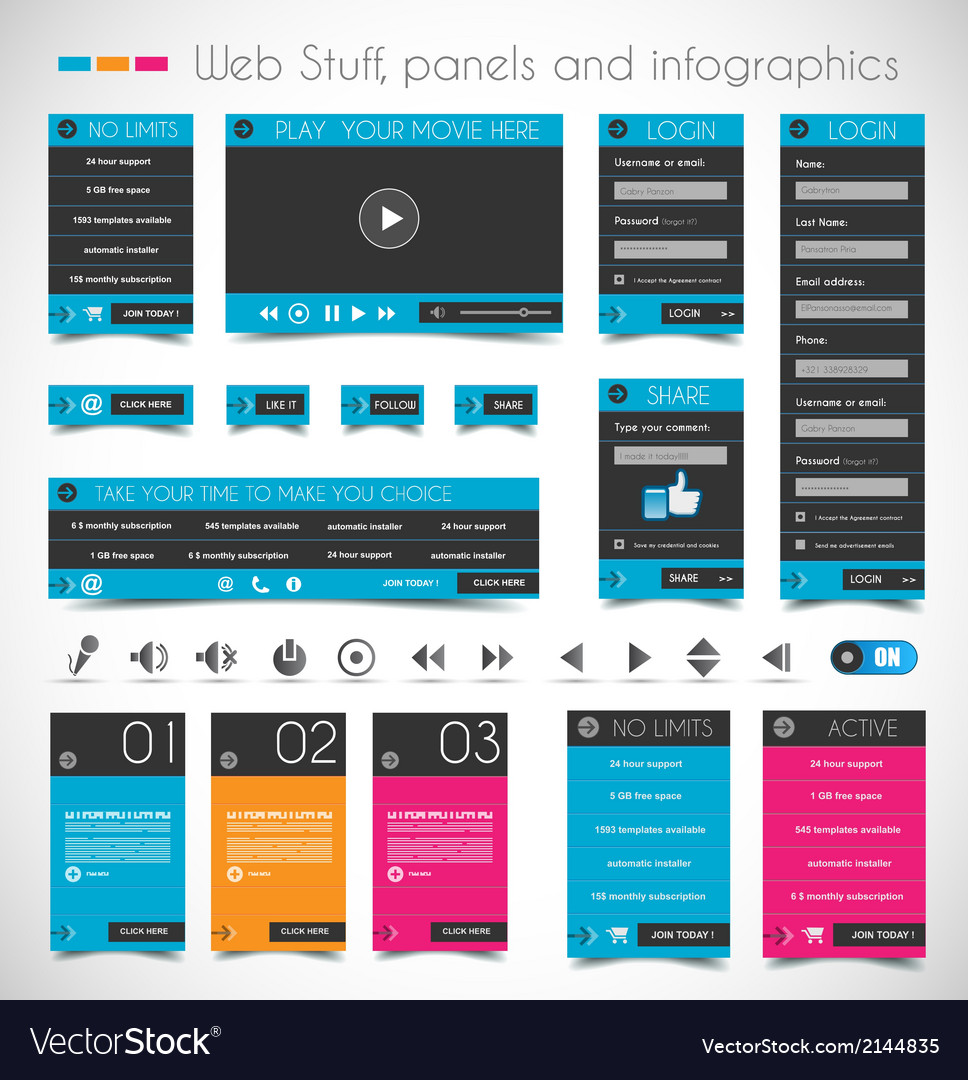Fundamental Aspects Of Web Design: Guidelines For Establishing A User-Centric Site
Fundamental Aspects Of Web Design: Guidelines For Establishing A User-Centric Site
Blog Article
Content By-Hall Neville
When it concerns website design, guaranteeing user-friendliness is key. From receptive layout to structured navigating, every component plays an essential function in producing a website that satisfies your target market's demands. Yet what about the finer information that can make or break a user's browsing experience? Remain tuned as we discover some often-overlooked tips that can raise your web site's functionality to the next degree, making it really attract attention in the digital landscape.
Importance of Responsive Layout
Receptive layout is a crucial element of modern-day web site growth. Guaranteeing your website is responsive means that it can adjust to various display dimensions and devices, giving a smooth experience for individuals.
With the enhancing use of smart devices and tablets to access the internet, having a responsive style is crucial for getting to a larger target market. It helps in improving individual experience by making your website very easy to navigate and keep reading any type of device.
Additionally, responsive style can favorably affect your search engine positions, as internet search engine like Google prioritize mobile-friendly sites. By having managed hosting platform , you're also future-proofing your site, as brand-new devices with varying display sizes remain to arise.
Simplify Navigating Framework
To boost individual experience and assist in very easy access to info on your site, improving the navigation framework is extremely important. When designing your website, concentrate on developing a clear and instinctive navigating menu that assists visitors find what they're trying to find swiftly.
Restriction the variety of food selection items to the basics, organizing associated pages together to stay clear of frustrating customers. Use descriptive labels that plainly indicate the material of each web page, making it much easier for individuals to comprehend where each web link will certainly take them.
Think about carrying out dropdown menus for subcategories to stop jumbling the main navigation bar. Additionally, include a search bar prominently on the web page for customers that prefer looking for details info.
website search engine optimization on mobile responsiveness in your navigation layout to make certain simple access on all devices.
Enhance Web Page Load Speed
Improving web page load rate is crucial for preserving visitors on your site. Slow-loading web pages irritate customers and can bring about high bounce rates. To optimize page load rate, begin by optimizing images. Compress pictures without compromising top quality to decrease their documents dimensions.
Additionally, allow browser caching to store frequently accessed resources locally, accelerating lots times for returning site visitors. Minify CSS, JavaScript, and HTML documents by getting rid of unneeded characters, comments, and formatting, enhancing tons speed.
Consider using a web content shipment network (CDN) to distribute your internet site's content across numerous servers worldwide, reducing latency for users accessing your website from different locations. Finally, limit the use of third-party scripts and plugins, as they can substantially influence lots times.
Final thought
To conclude, by including responsive style, streamlining navigating, and enhancing web page load rate, you can create a straightforward website that appeals to a broader target market and boosts customer experience. These essential elements make certain that visitors can easily gain access to and navigate your website across various gadgets, causing increased interaction and satisfaction. By concentrating on these crucial aspects, you can build an effective site that keeps customers coming back for more.
